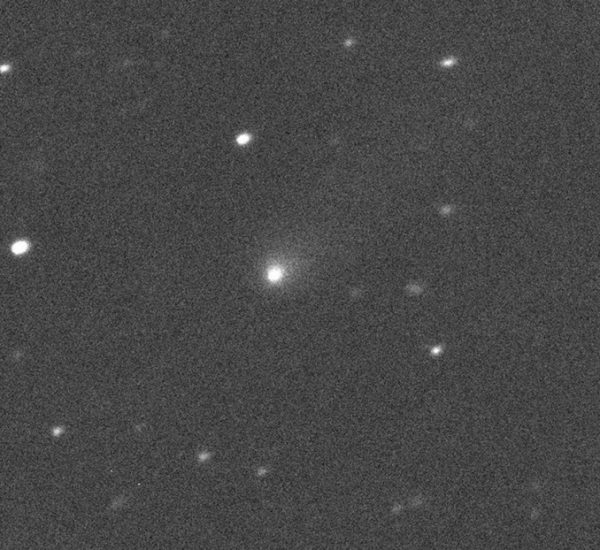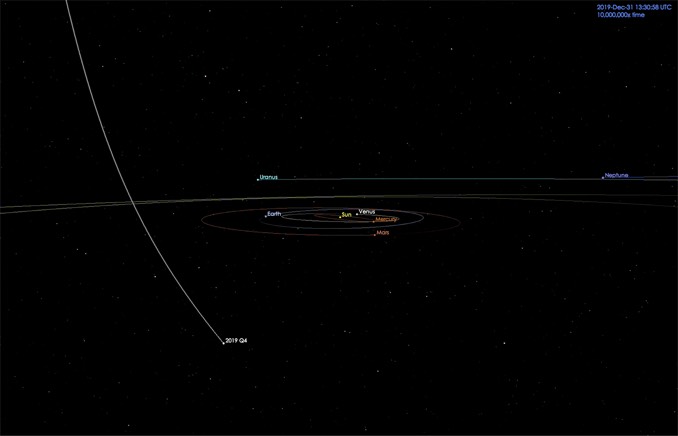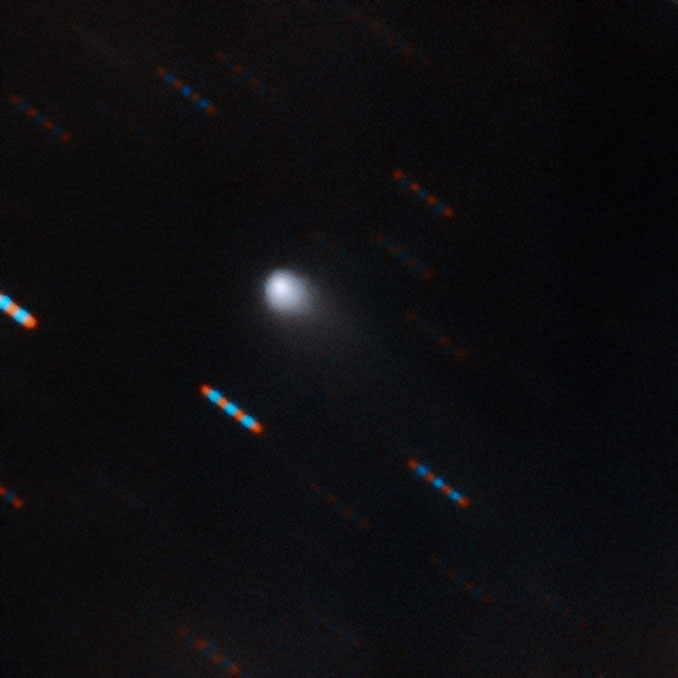Newly discovered comet likely from interstellar space – Astronomy Now – Astronomy Now Online

Just passing through? A newly discovered comet, designated C/2019 Q4 (Borisov), likely came into the solar system from interstellar space, researchers say. Its origin is not yet confirmed, but it appears to be moving too fast to be captured by the Sun, indicating the object likely will sail back out of the solar system after reaching perihelion in December, continuing its lonely voyage between the stars.
If confirmed, the comet would be only the second such interstellar visitor discovered to date, coming nearly two years after the discovery of the unusual cigar-shaped object known as ‘Oumuamua in October 2017.
C/2019 Q4, discovered 30 August by Gennady Borisov of the MARGO observatory in Nauchnij, Crimea, is currently 420 million kilometres (260 million miles) from the Sun, racing inward at some 150,000 kilometres per hour (93,000 mph) on a trajectory tilted about 40 degrees to the plane of the ecliptic. It will reach its closest point to the Sun on 8 December at a distance of about 300 million kilometres (190 million miles), well beyond the orbit of Mars.
“The comet’s current velocity is high, about 93,000 mph, which is well above the typical velocities of objects orbiting the Sun at that distance,” said Davide Farnocchia, a researcher at the Center for Near-Earth Object Studies at NASA’s Jet Propulsion Laboratory. “The high velocity indicates not only that the object likely originated from outside our solar system, but also that it will leave and head back to interstellar space.”

Initial observations indicate the nucleus is between 2 and 16 kilometres (1.2 and 10 miles) in diameter.
“The object will peak in brightness in mid-December and continue to be observable with moderate-size telescopes until April 2020,” said Farnocchia. “After that, it will only be observable with larger professional telescopes through October 2020.”
After the comet’s initial detection by Borisov, the Scout system at JPL automatically flagged the body as potentially of interstellar origin. Farnocchia worked with colleagues at the European Space Agency’s Near-Earth Object Coordination Center in Frascati, Italy, to gather additional observations. The Minor Planet Center in Cambridge, Massachusetts is working to pin down the trajectory and determine where it might have originated.







